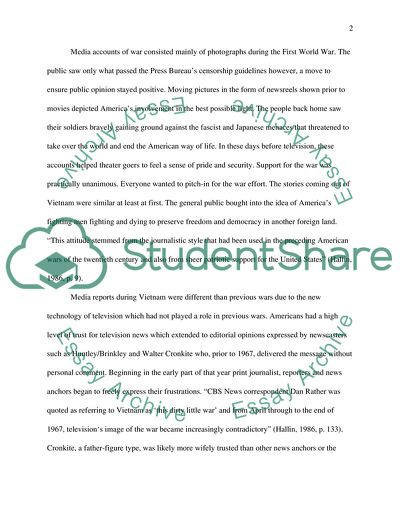Cite this document
(“Critical Thinking about the Viet Nam Conflict Research Paper - 2”, n.d.)
Critical Thinking about the Viet Nam Conflict Research Paper - 2. Retrieved from https://studentshare.org/english/1591865-critical-thinking-about-the-viet-nam-conflict
Critical Thinking about the Viet Nam Conflict Research Paper - 2. Retrieved from https://studentshare.org/english/1591865-critical-thinking-about-the-viet-nam-conflict
(Critical Thinking about the Viet Nam Conflict Research Paper - 2)
Critical Thinking about the Viet Nam Conflict Research Paper - 2. https://studentshare.org/english/1591865-critical-thinking-about-the-viet-nam-conflict.
Critical Thinking about the Viet Nam Conflict Research Paper - 2. https://studentshare.org/english/1591865-critical-thinking-about-the-viet-nam-conflict.
“Critical Thinking about the Viet Nam Conflict Research Paper - 2”, n.d. https://studentshare.org/english/1591865-critical-thinking-about-the-viet-nam-conflict.


